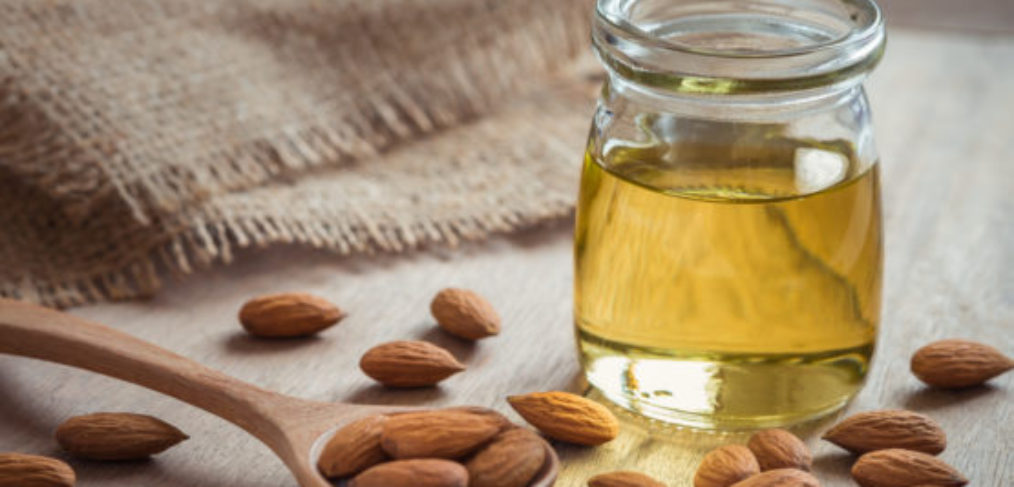Are Almonds Really All That?

We’ve gotten quite used to peanut-free zones in our schools and labeling on products warning that certain products may have been exposed to the oil made from these sneaky little legumes that masquerade as nuts.
In the early 90’s, as a result of the articles in medical journals (1) discussing the seriousness of peanut allergies, many shifted to a reliance on almonds in their proxy.
But are they really all that?
On the upside, almonds contain fats, fiber, protein, magnesium and vitamin E, which help to lower blood sugar levels, reduced blood pressure and lower cholesterol levels (2).
These benefits, however, are certainly not particular to almonds; in fact, other fat sources are superior to, and less inflammatory than almonds, making them better options.
If we dig a little deeper than just assuming that any nut is better than a non-nut peanut, we will see:
- Almonds are moderately high in PUFA (poly unsaturated fatty acid), with a total of 12.1 grams per 100 grams, most of it in omega-6, which is easily oxidized, highly unstable for cooking and quickly goes rancid on the shelf (3).
- Almonds, like all nuts and seeds, contain anti nutrient properties, making them potentially inflammatory when eaten in excess. Some studies show they contain even more of these bad guys than grains (4)!
Does that mean we have to avoid eating these tree nuts?
Not all; rather, just don’t go nuts eating these, or any nuts.
It’s all too common to make the mistake of going gluten-free, but not in the most natural way.
- Making a switch from regular bread to gluten-free bread made with almond flour, swapping your skim milk to commercially prepared almond milk and snacking on handfuls of almonds day in and day out isn’t your ticket to an alkaline-forming, healthy approach to eating.
- Instead of going gluten-free just by changing from one form of refined product to another, go gluten free by adapting a Paleo and / or Keto approach to your regime… and keep almonds and other nuts on the moderate side.
- Balance out your natural fat sources, and include such options as grass fed tallow, pasture fed lard, coconut oil, grass fed butter and olive oil.
- If you are eating nuts, choice organic and sprouted, and vary the ones which you include.
- Don’t get stuck in an almond rut; try out some others for variety as well, such as selenium-rich Brazil nuts or their cousins, the Baru.
No doubt, almonds can be a healthy part of your eating routine, just be mindful that they don’t become as common place as peanuts used to be!
(1) https://www.princeton.edu/news/2013/07/25/princeton-researcher-digs-contested-peanut-allergy-epidemic
(2) https://www.healthline.com/nutrition/9-proven-benefits-of-almonds
(3) https://www.marksdailyapple.com/nuts-omega-6-fats/
(4) https://www.westonaprice.org/health-topics/vegetarianism-and-plant-foods/living-with-phytic-acid/





